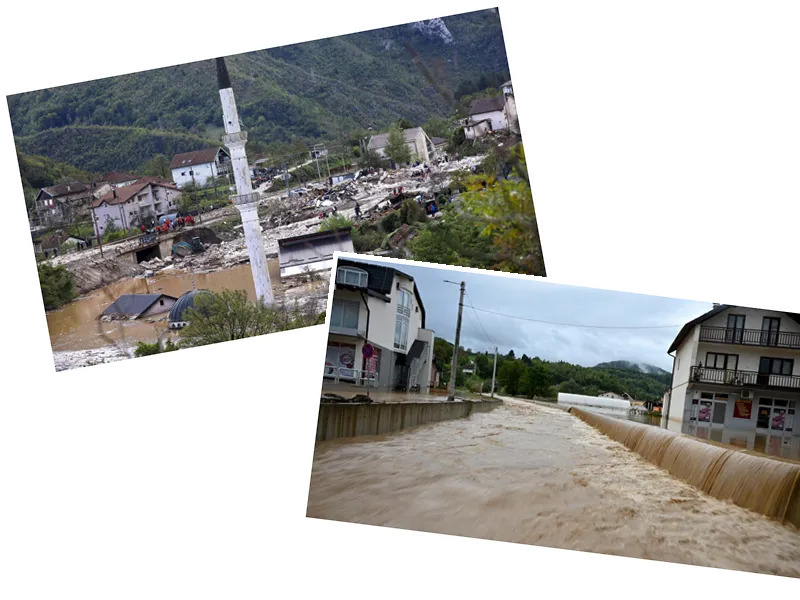The storms in Italy exemplify the increasing frequency and intensity of extreme weather events, possibly linked to climate change. The rapid onset of flooding and landslides highlights the need for improved infrastructure and emergency preparedness in vulnerable areas.
The contrast in weather conditions across Italy, with sunny weather in south-central and southern regions while the north faces devastation, underscores the unpredictable nature of storm patterns.
Authorities may implement stricter regulations on construction and land use in flood-prone areas following this disaster.
Increased funding for emergency services and infrastructure improvements in affected regions may be anticipated as a response to the storm's impact.
Severe storms have wreaked havoc across Italy, particularly affecting the regions of Sardinia and Liguria over the weekend. As a result of the torrential rain, which peaked from Saturday to Sunday, areas experienced significant flooding and landslides, leading to widespread damage and emergency responses. The municipality of Vallermosa recorded an astonishing 291 liters of rain per square meter, far exceeding typical rainfall for a six-month period, indicating an extraordinary weather event. Emergency services were activated extensively, with around 160 operations reported in Cagliari alone.
As the storm subsided, two individuals remain missing—one near Genoa and another in the countryside of Sardinia—prompting ongoing search efforts amid challenging conditions. The extreme weather has also resulted in one confirmed fatality, a motorcyclist near Turin, and raised concerns as additional rainfall is forecasted. The civil protection authorities have declared an orange alert in several regions, including Lombardy, Emilia-Romagna, and Sardinia, as the situation continues to evolve and emergency services prepare for potential further impacts.





